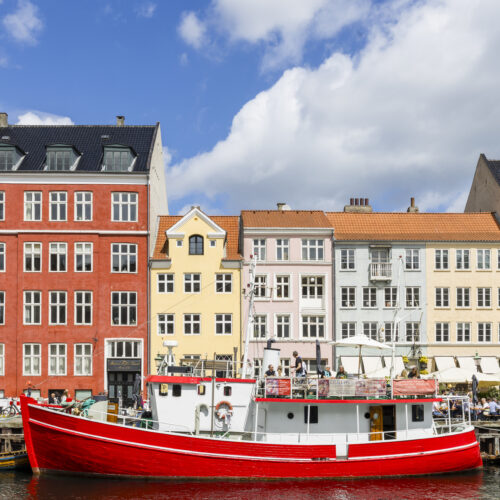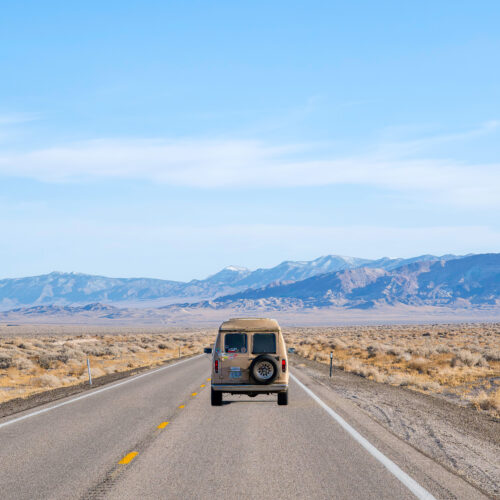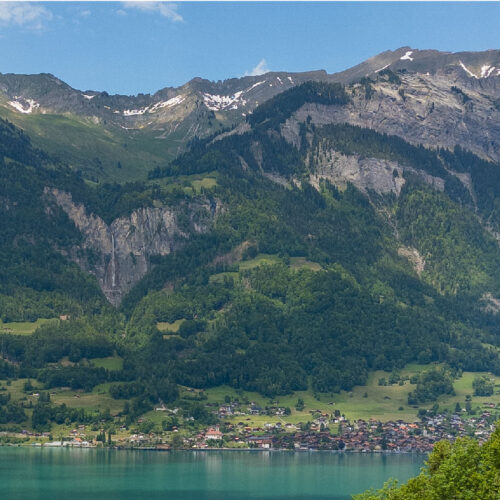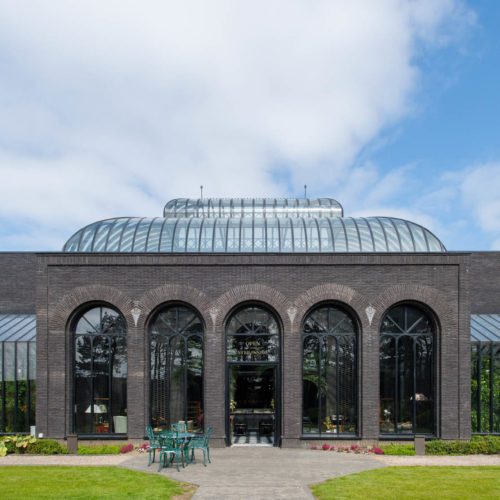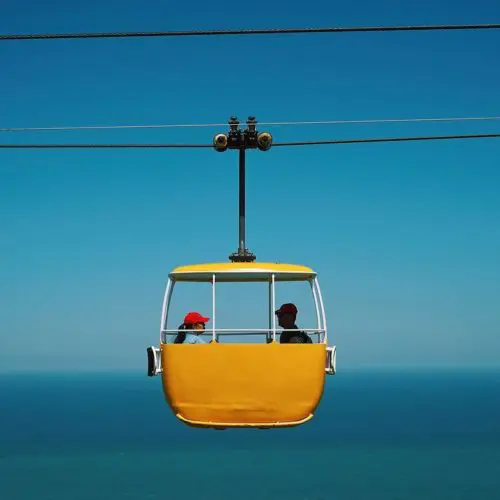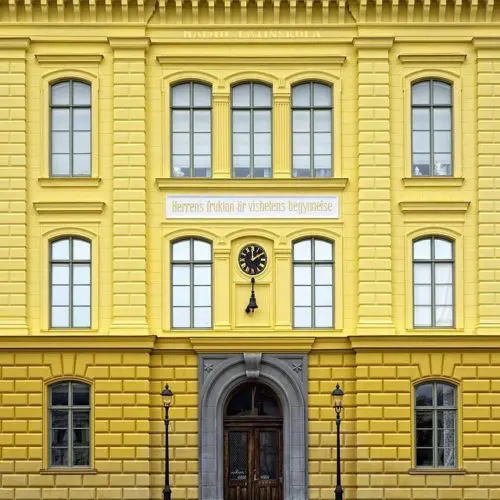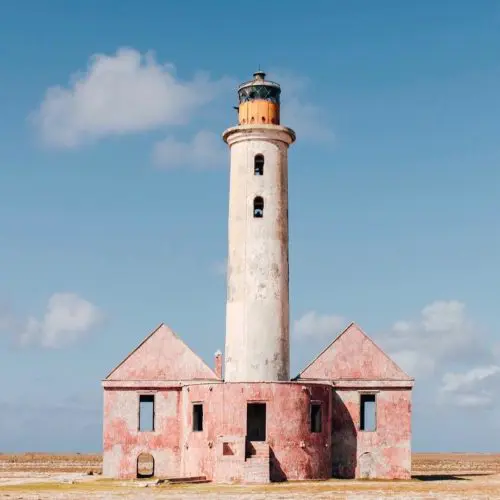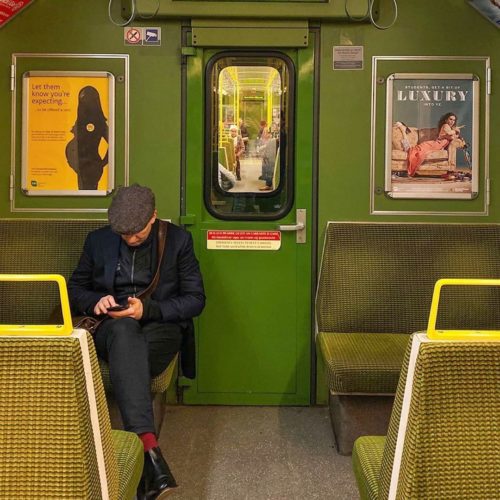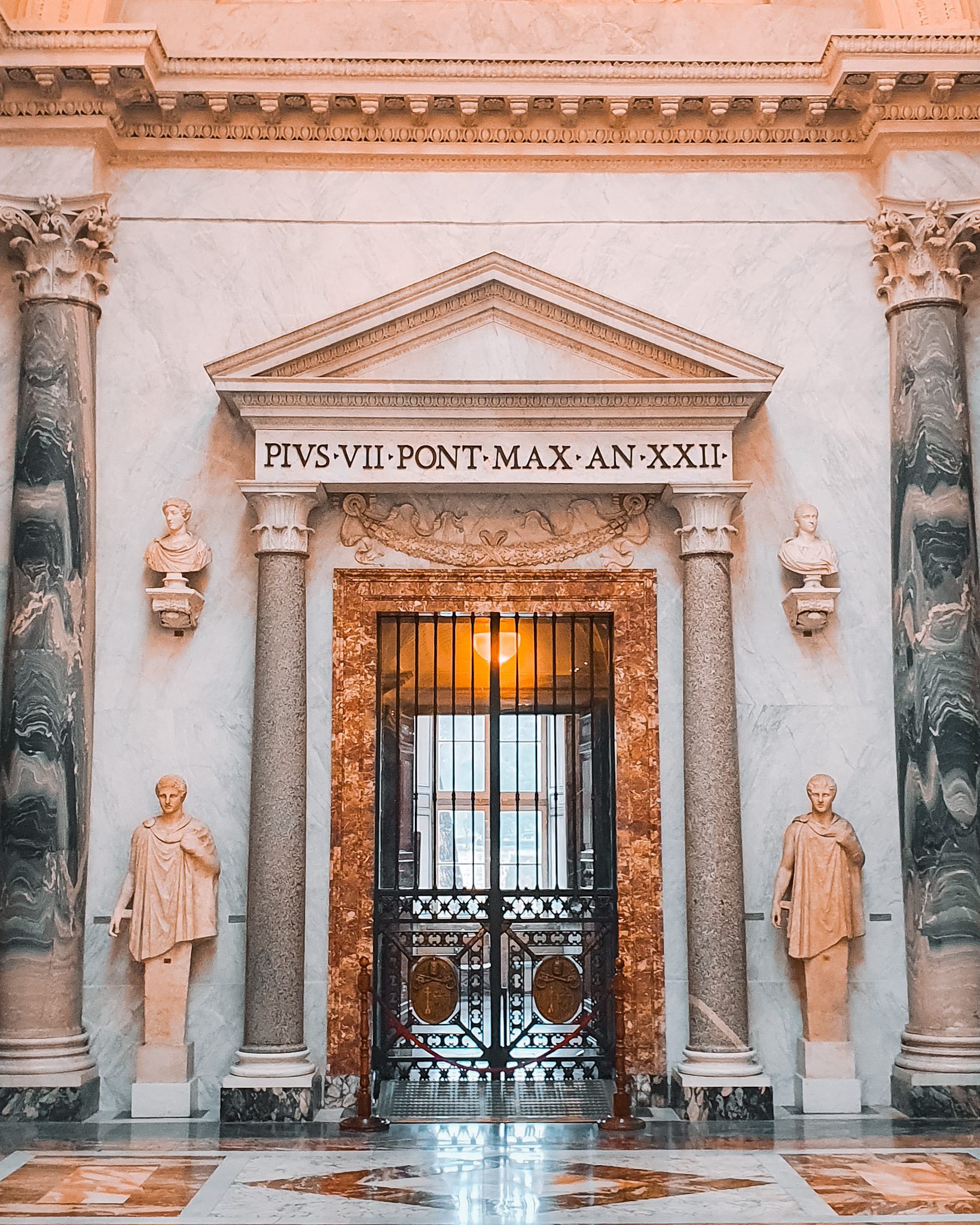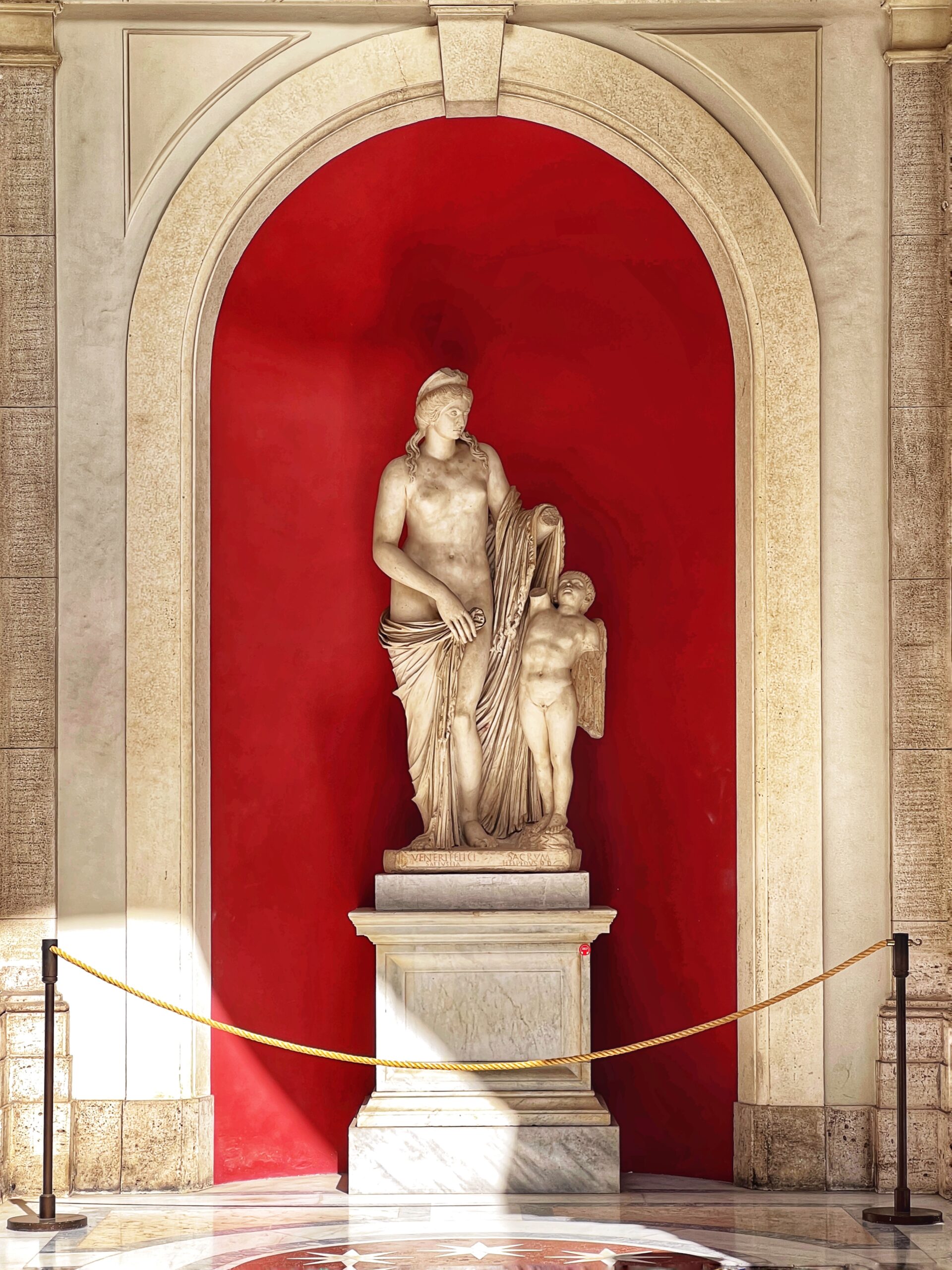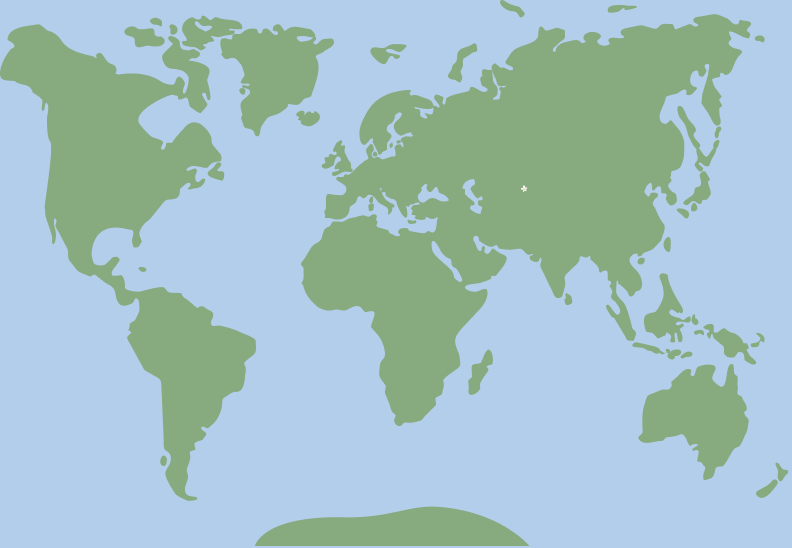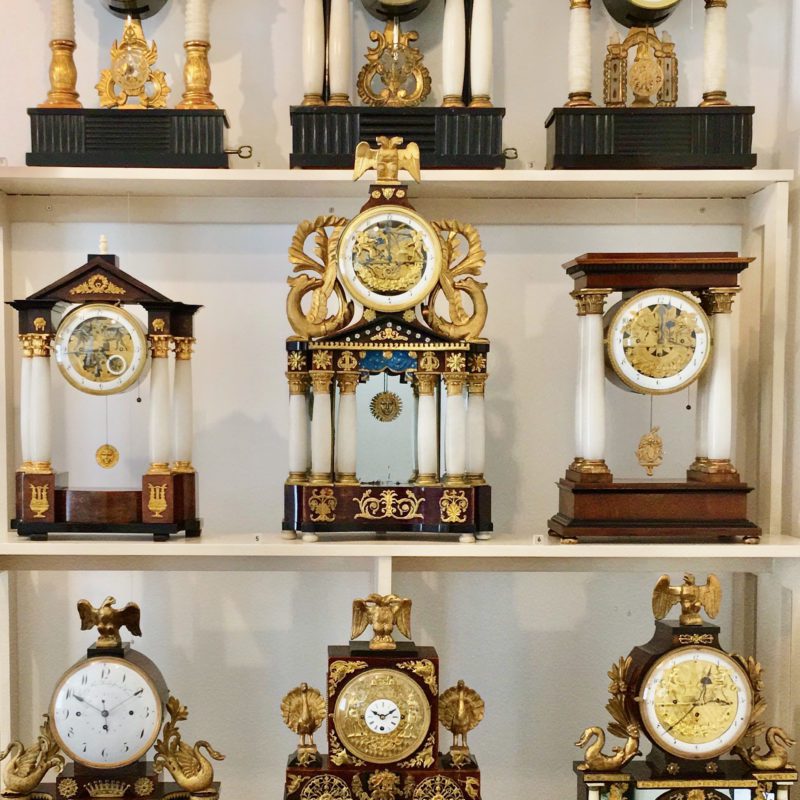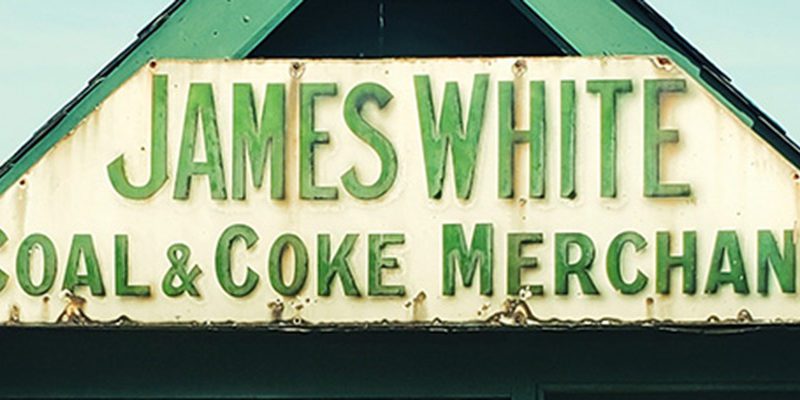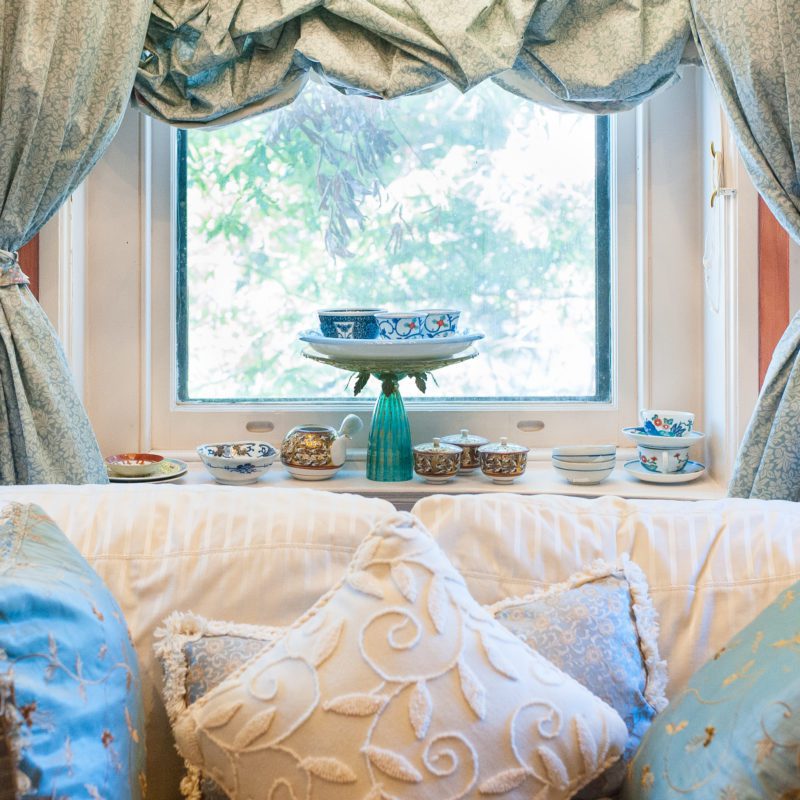At just 109 acres, Vatican City is the smallest country in the world—yet it holds one of the largest and most significant art collections on Earth. Enclosed within the city of Rome, this tiny sovereign state has served as the seat of the Catholic Church and the residence of the Pope since the 1st century. Its sole museum system, the Vatican Museums, houses masterpieces from the vast trove amassed by the papacy over centuries. Stretching more than 7 kilometers across 15 museums—including Braccio Nuovo, home to an extraordinary array of historical artifacts—and culminating in Michelangelo’s breathtaking Sistine Chapel, the Vatican Museums rank among the most visited in the world, second only to the Louvre.
The museums trace their origins to the early 16th century, when an ancient Roman sculpture, Laocoön and His Sons, was unearthed in a vineyard within Rome’s city limits. Pope Julius II sent none other than Michelangelo and Giuliano da Sangallo to examine the piece. Upon their recommendation, the Pope acquired the sculpture and, within a month, placed it on public display—marking the beginning of a centuries-long tradition of making the Vatican’s treasures accessible to the world.
Over time, portions of the papal palace were opened to the public, and successive popes expanded the complex to accommodate the Church’s growing collection. One such addition, the Braccio Nuovo—or “New Wing”—was commissioned by Pope Pius VII to celebrate the return of many artifacts that had been looted by Napoleon and later recovered. Designed by architect Raffaele Stern, the wing is considered a neoclassical masterpiece, its columned halls filled with ancient busts and statues, including the famed Augustus of Prima Porta—still missing his spear after all these years.
Today, the Vatican Museums house more than 70,000 works, including world-renowned masterpieces like Raphael’s The School of Athens, the vibrant Gallery of Maps, and, of course, Michelangelo’s Sistine Chapel. The museum complex occupies over a quarter of the entire country’s footprint.
Pope Francis has expressed hope that art might “foster a recognition of our common humanity, build bridges between cultures, and create a sense of solidarity so greatly needed in our sadly divided world.” In that spirit, the Vatican Museums offer free admission to the public on the last Sunday of each month.
/ 2
Today, the Vatican Museums house more than 70,000 works, including world-renowned masterpieces like Raphael’s The School of Athens, the vibrant Gallery of Maps, and, of course, Michelangelo’s Sistine Chapel. The museum complex occupies over a quarter of the entire country’s footprint.
Pope Francis has expressed hope that art might “foster a recognition of our common humanity, build bridges between cultures, and create a sense of solidarity so greatly needed in our sadly divided world.” In that spirit, the Vatican Museums offer free admission to the public on the last Sunday of each month.

